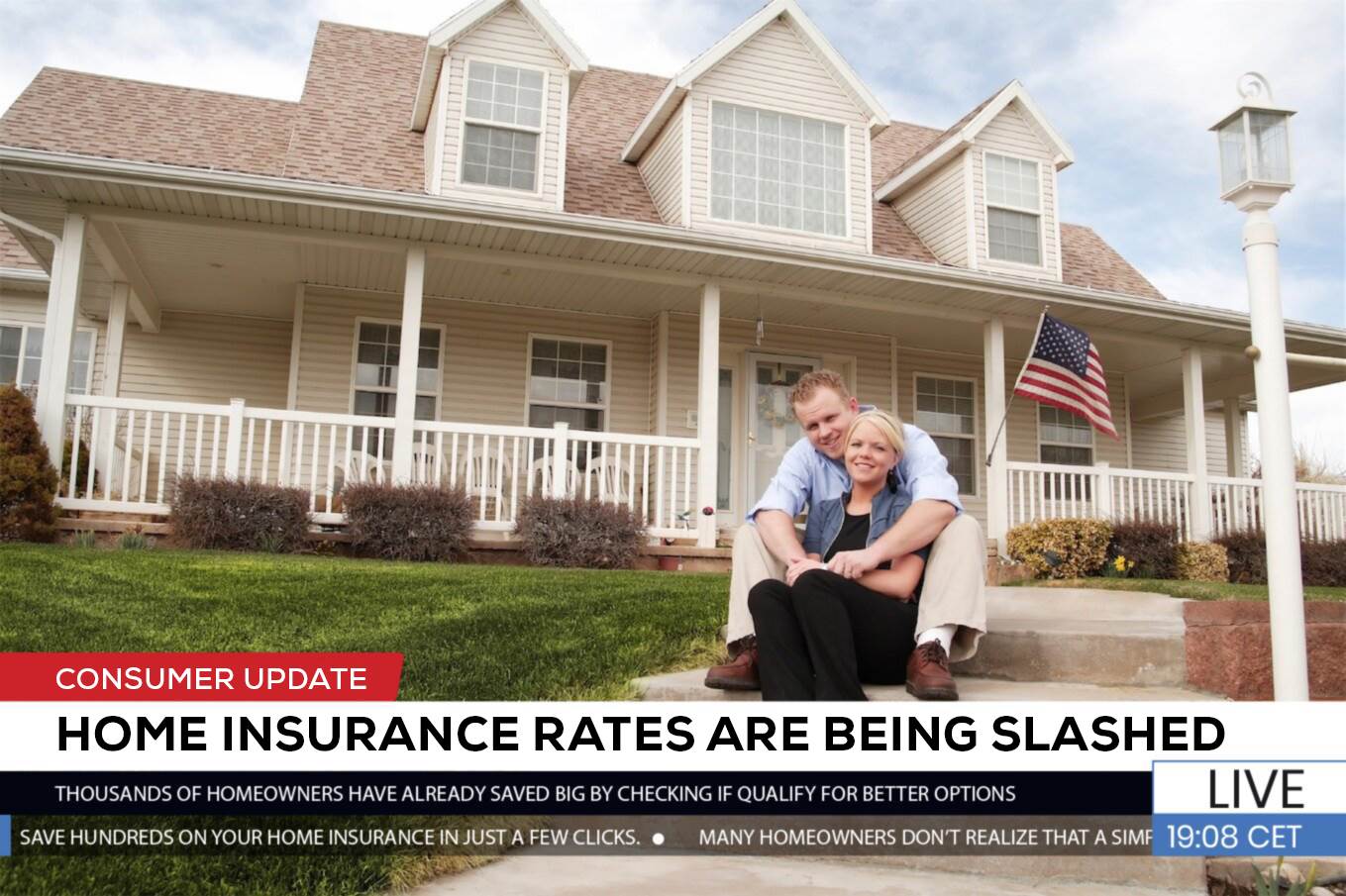Real stories, real savings
See how our customers saved big after comparing insurance quotes...
"I couldn't believe it when I saw my new rate. I was able to save $671 a year! The process was super easy and the savings are real. Thank you!"
"After seeing the 2025 policy update news, I decided to check my eligibility. Best decision ever! Saved a ton of money on my premium. It all took Less than a few minutes!"
"Was skeptical at first, but this is the real deal. Same coverage, way better price. Just had to enter my zip code and age to see if I qualified. Now paying less than half of what I used to!"
Frequently Asked Questions (FAQ)
What Homeowner's Insurance Covers:
Standard homeowner's insurance usually covers the physical structure of your home, including the walls, roof, and any attached features like garages or decks. It also protects personal belongings inside the home, provides liability coverage for injuries or property damage on your premises, and may help with additional living expenses if you're temporarily displaced.
What It Doesn’t Cover:
Typical exclusions include damage from earthquakes, floods, mold, and normal wear and tear. Losses resulting from neglect or specific liability situations may also be excluded. Separate policies or endorsements are often needed for these.
Deductible:
This is the amount you’re responsible for paying out-of-pocket before your insurance coverage begins to pay for a claim.
Premiums:
Your insurance premium is influenced by several factors, such as your home's age and location, the amount of coverage you choose, and your history of insurance claims.
Types of Coverage:
Policies can be tailored with endorsements to cover additional risks, such as earthquakes or floods, or to increase protection for valuable items or unique situations.
The Claims Process:
If you experience damage, you'll typically start by contacting your insurer to file a claim. An adjuster will then assess the damage, and your policy will guide the steps and what’s covered.
Reviewing and Updating Your Policy:
Regularly review your policy to ensure your coverage keeps pace with your needs. Changes in building codes, home improvements, or increased rebuilding costs may require updates to avoid being underinsured.





